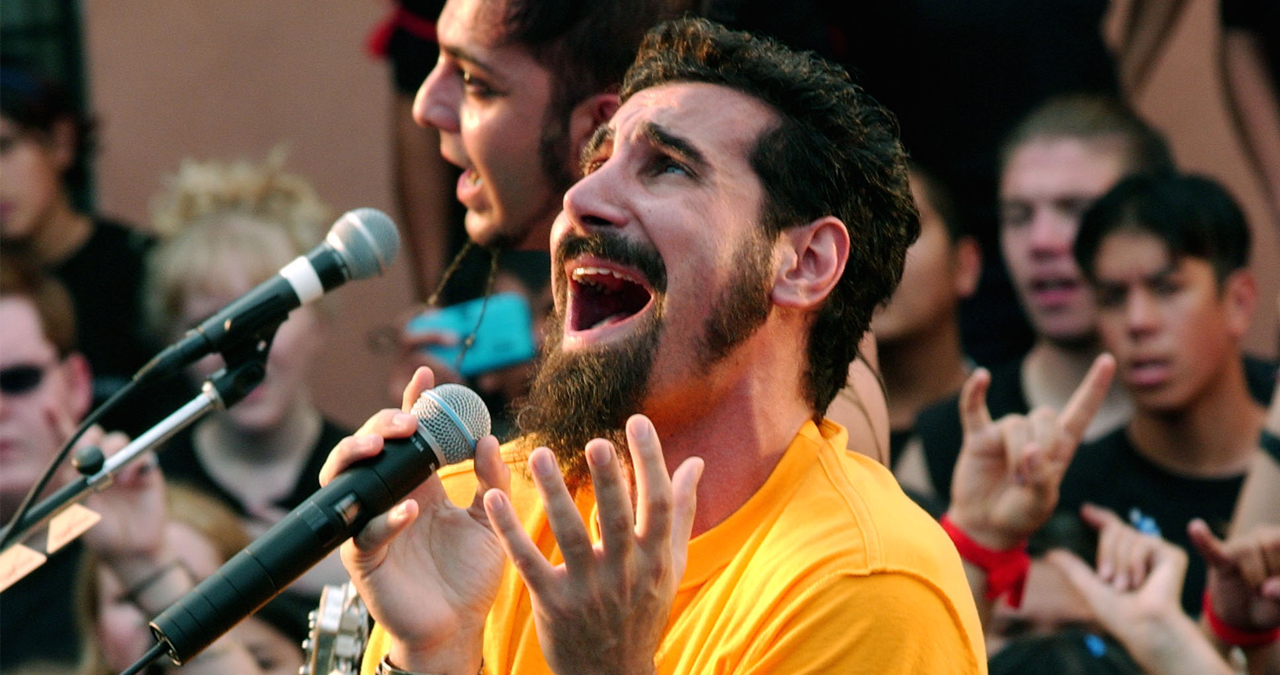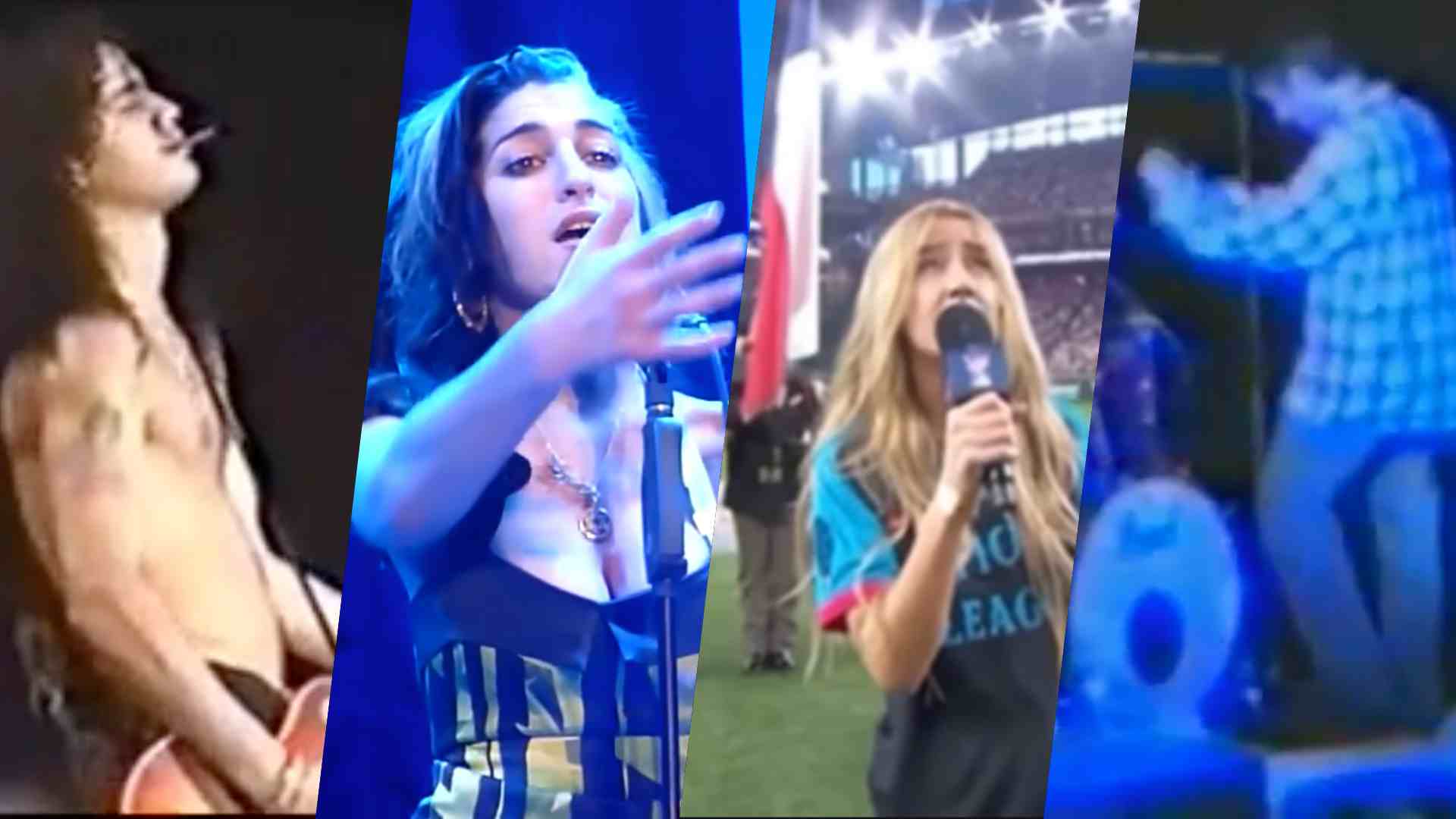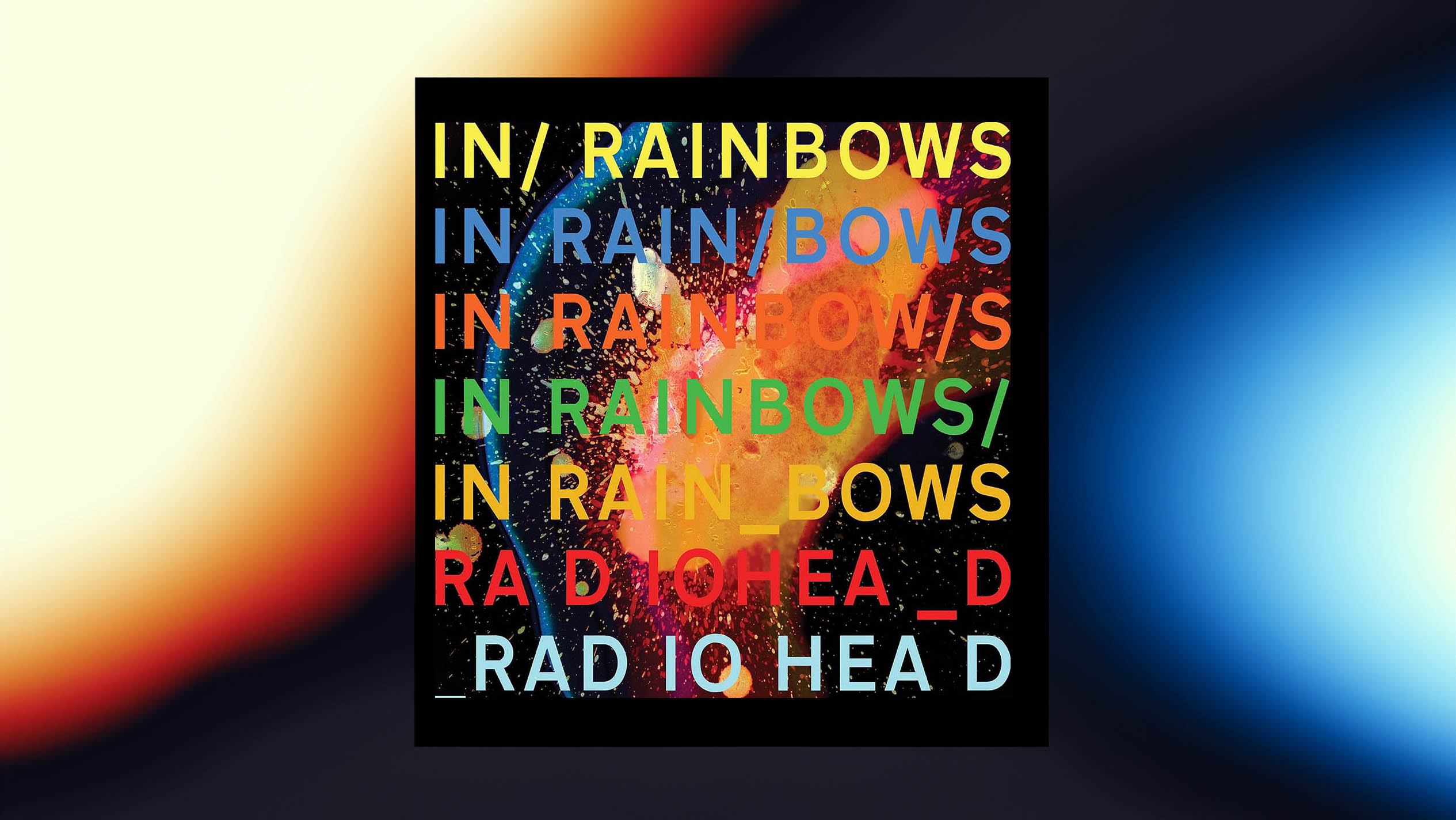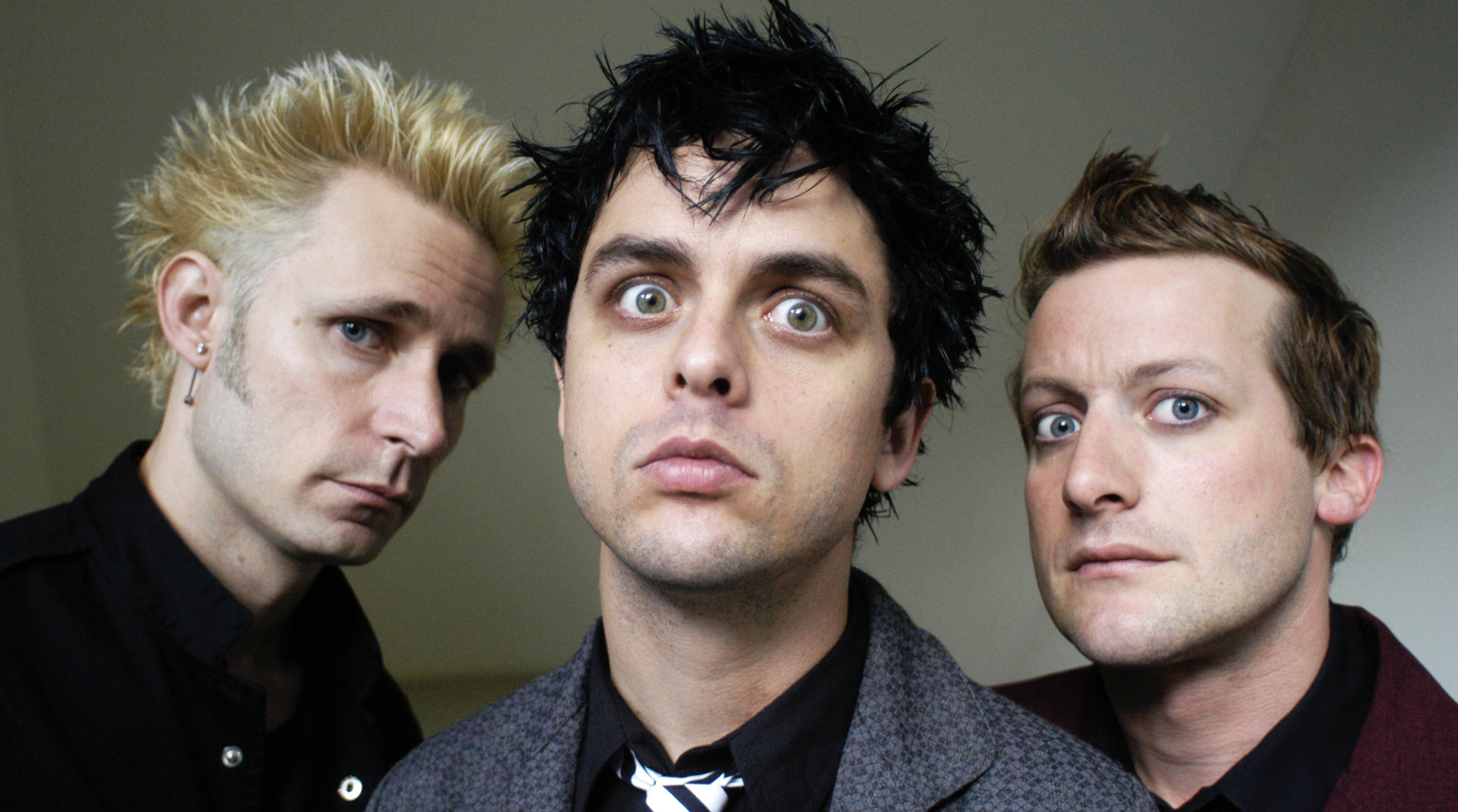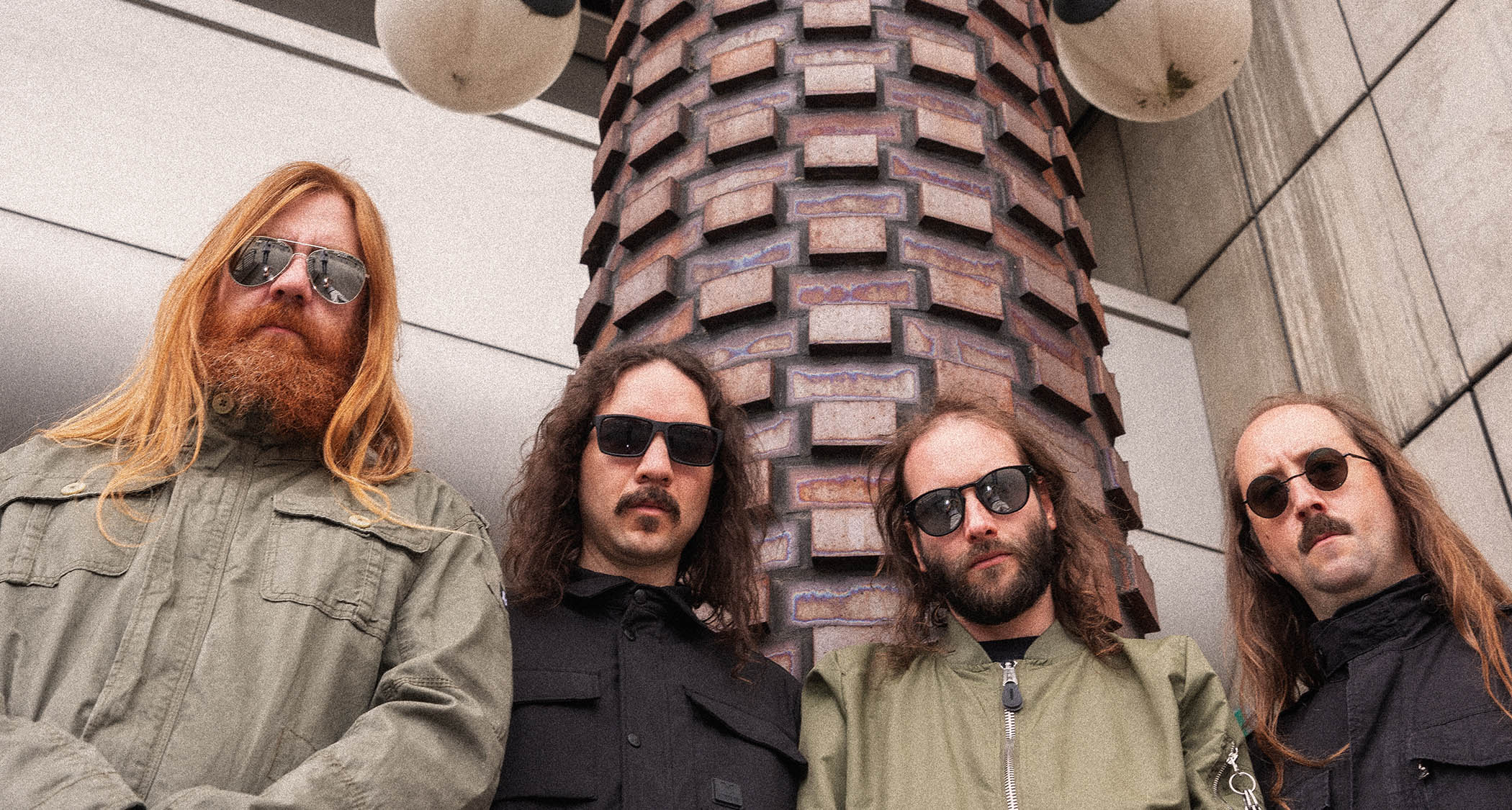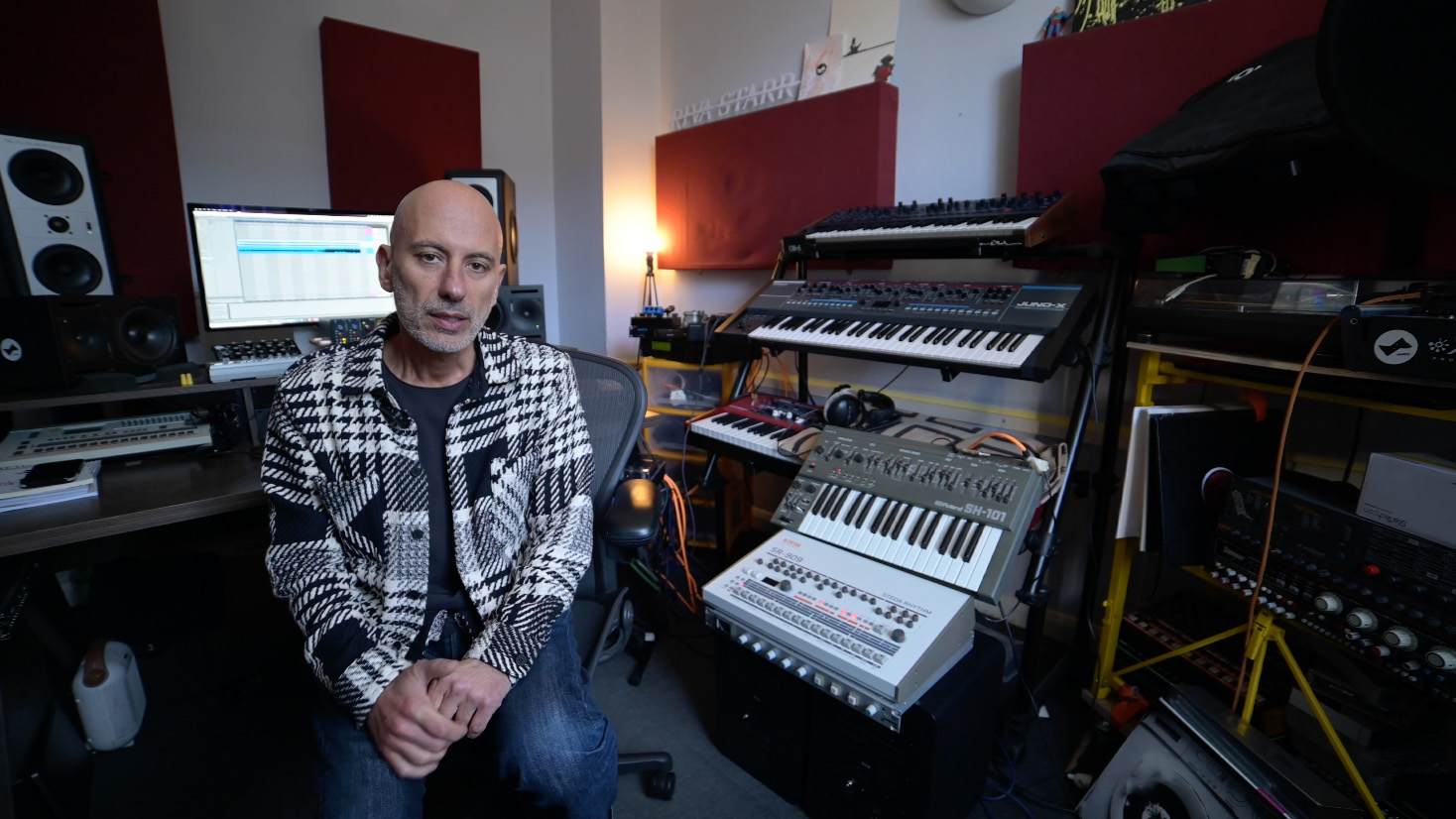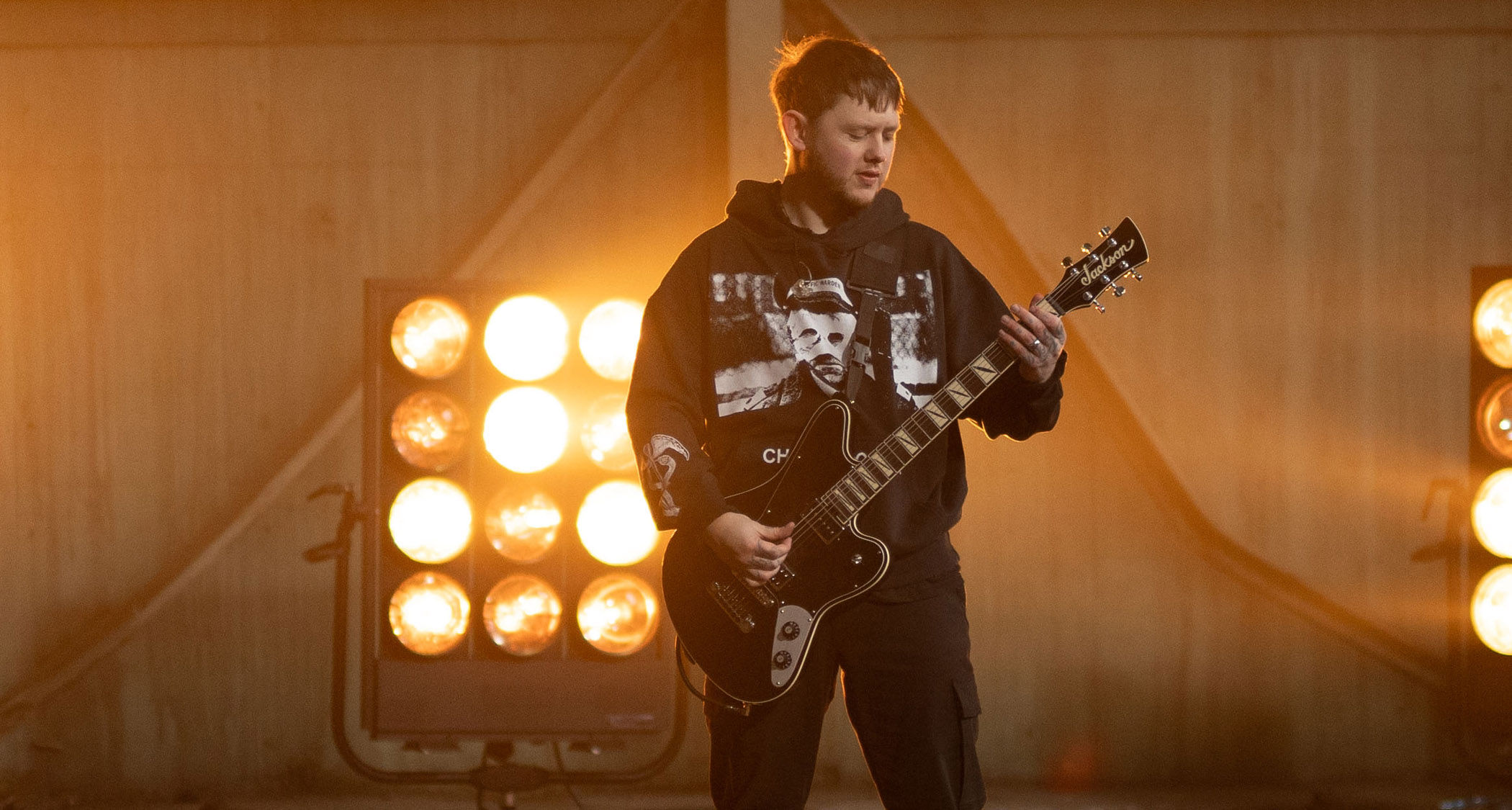“You’ve ruined the song!”: The bust-ups, bickering, tantrums and tech that made The Human League’s Don’t You Want Me an ’80s anthem
It’s one of the defining hits of that decade, but it didn’t come easy
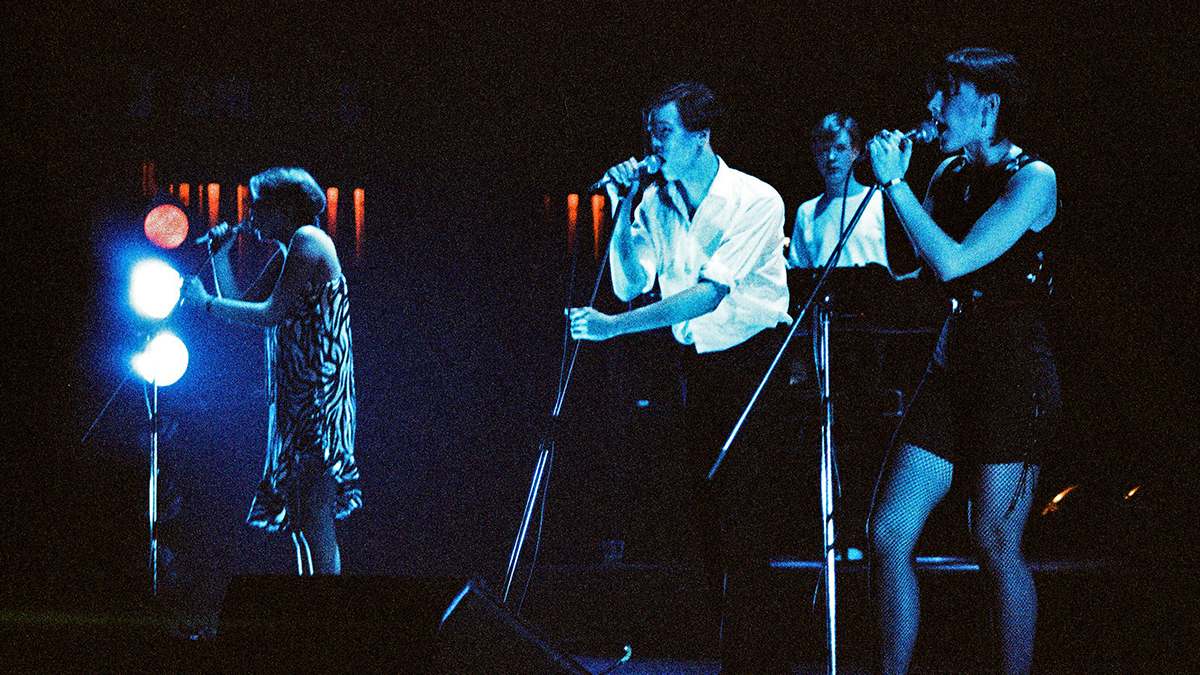
In 1980, The Human League, a band admired, respected and very much on the cutting edge of electronic music, were pretty much washed up.
Unable to score a hit for their Virgin Records taskmasters, the label had grown increasingly rattled by the uncompromising experimentation and lack of commerciality arriving from writers and producers Martyn Ware and Ian Craig Marsh alongside vocalist Phil Oakey.
By that point, with the group already owing a £100,000 advance back to their label, their manager Bob Last hatched a plot to reset their situation.
Favouring Oakey’s take on where to go next – he’d told Virgin supremo Simon Draper that he wanted the League to be “the electronic Abba” – Last secured a producer deal for Ware, allowing the less commercial and spiky chunk of the League to neatly depart the band.
However, when Ian Craig Marsh – indignant that his co-founder had effectively been ousted from his own group – also jumped ship, Last was effectively left without any band at all.
Marsh and Ware subsequently formed a new group together, Heaven 17.
Meanwhile, the newly solo Oakey was left holding the League’s debt while fielding legal threats from a German promoter should upcoming gigs not be honoured. A fix was needed - and fast.
Get the MusicRadar Newsletter
Want all the hottest music and gear news, reviews, deals, features and more, direct to your inbox? Sign up here.
Wanted: Talent
Harbouring a notion that a higher, female vocal might work well alongside his own deeper tone, Oakey had been on the hunt for a female singer, and with time running out, he chanced upon Joanne Catherall and Susan Ann Sulley.
It’s easy to blur fact and fiction when considering Don’t You Want Me’s lyrics. The song doesn’t in fact tell the story of Oakey plucking the Human League’s new backing singers from obscurity, and neither Catherall or Sulley worked anywhere near a cocktail bar at the time of their appointment.
Instead, Oakey had spotted the two 17-year-olds dancing together at Sheffield nightclub The Crazy Daisy, performing their own impressively choreographed routine to Visage’s Fade To Grey.
Sensing star material - and having himself been appointed to The League purely because of his look - Oakey followed his instinct. After a single audition and rehearsal, the new band – also featuring Oakey's college friend Philip Adrian Wright and session musician Ian Burden – were on the road in Germany just ten days later. And with contractual obligations fulfilled (and the girls returned to the UK just in time to make it back to school), Oakey, Wright and Burden began pondering the League’s recorded rebirth.
Boys plus girls
While history has decreed that the first ‘new’ Human League single was February 1981’s Boys And Girls, written by Oakey and Wright, we don’t agree. For a start the girls don’t feature (despite appearing on its cover) and – produced by John Leckie – it’s very much a continuation of their earlier efforts.
Instead we view the Human League’s real rebirth as being Sound Of The Crowd, released just two short months later.
Written by Oakey and Burden, Sound Of The Crowd was the first League single that features the girls, and their first track produced by Martin Rushent. It’s also – by virtue reaching number 12 – their first hit.
Rushent had previously produced hits for UK punk band the Buzzcocks, and when that band split he’d signed lead singer Pete Shelley to his fledgling Genetic label, a spin-off from his own Genetic studio. With both eager to strike out from their punky past, Shelley’s demos had taken a more electronic direction, and soon Rushent was in the office of Virgin's Simon Draper seeking a deal.
However, while Draper didn’t see a home for Shelley on Virgin, he was impressed by the producer’s new direction and a certain struggling, electronic Sheffield-based band had sprang to mind…
Thus the Human League and Rushent were introduced, Oakey fortuitously being a fan of Rushent’s work with the band 999. Oakey told Rushent: “We reckon we're writing hit songs and have been for some time, but we just can't seem to make it work on plastic.” That was all that the producer needed to hear.
Desk jockey
Rushent had become an engineer in 1968 at London’s Advision studio where he had witnessed the passage from four-track to eight- then 16 track. However, the new machines only ever outstripped the capabilities of the desks of the day.
“Nobody had a board capable of dealing with a 16-track machine – the machine came before the board,” Rushent explained to Electronics & Music Maker. “You had to route things through a patchbay and bring things back through echo returns.”
The process became Rushent’s modus operandi, re-routing audio and incorporating effects wherever he could within the signal chain.
“I suppose that was the best grounding I ever had,” he said. “You had to improvise all the time to make the 16-track system workable. You learned to use a board in totally unorthodox fashions, and that's something that stayed with me ever since."
The result is the unique way in which effects are an integral part of what would become his sound, and a sound that would become the unifying, hard hitting pulse of The Human League's decade-defining album, Dare.
You can best hear Rushent’s approach on his scene-setting 12” mixes and Don’t You Want Me specifically.
Rushent rides the desk like a dub producer, playing sends and returns like a musical instrument, selectively bringing in bursts of reverb or using extreme delay feedback – often on drum parts – to supplement and drive the rhythm.
The brains of the operation
Rushent had invested in the latest tech at Genetic and had radical ideas as to how the reborn League’s new demos could be rebuilt.
He had descended upon Roland’s MC-8 Microcomposer, a revolutionary sequencer that allowed notes to be programmed rather than played, ensuring perfect pitch and timing, liberating non musicians from the necessity of being able to play. In short, just the thing for The Human League.
Its only downside was the laborious way in which music was actually input into the device.
The MC-8 required that pitches and durations were assigned numbers, requiring Rushent to first create sheet music from The League’s demos then translate them into vast lists of values, all of which had to be manually typed into the cash register-like MC-8.
Aware of the workmanlike non-musical nature of the process, Roland even supplied blank paper templates with the manual, allowing users to better keep track of the endless columns of figures that needed writing down and typing in, in the vain hope of easing the process.
But even with some helpful Roland-headed paper, the process would take days and mistyping ‘127’ instead of ‘128’, would produce unintended nonsense. Or, in the case of Don’t You Want Me, a happy accident.
During the song’s choruses, the syncopated guitar-like sound you can hear is actually playing half a beat late due to one such clerical error, but upon playback Rushent preferred it to what they had intended.
“One track normally takes about a week,” Rushent explained to E&MM. “Every note that goes into a Human League record is a conscious decision, as opposed to, ‘Well, let's take another guitar solo and hope this is a good one.’ Here you can decide, well, I think it would be better if that third note was a G rather than an A, and quickly program in a G and listen and say, ‘Yeah, that's OK.’”
Synths and sounds
With all of the pitches and durations for Don’t You Want Me safely stored inside the Microcomposer it was time for it to fire up some synths.
The song features the Korg 770 monosynth on bass. “We get some lovely bass sounds out of an old Korg synth that Phil's got, which is falling apart,” explained Rushent. “We have to bash it to get it working. It's a really early one, only a tiny little job, but we get great bass sounds out of it.”
Elsewhere the track is completed with a Roland System 700 modular synth – being the perfect partner for the MC-8 of the time and often appearing on stage with the band – and four-voice Roland Jupiter 4 polysynth for its bright chord parts. A Yamaha CS15 and Korg Delta rounded out the lead sounds with Linn’s brand new LM-1 LinnDrum providing all of Don’t You Want Me’s drums and percussion.
The League’s secret weapon
In 1981 Linn’s LM-1 was a revelation. It was the first digital drum machine, featuring recordings of real drums, and despite there only being one kit on board, Rushent used extreme processing via its individual outs to make a powerful, modern sound that’s all his own, and one that’s all over the Dare album and crucial to the impact of Don’t You Want Me.
Despite being vital to Rushent’s Microcomposer rig, the LM-1 was too late for first single Sound Of The Crowd, prompting him to rework the track for its album version, replacing its splashy analogue syndrums with the pristine Linn in order to better sit alongside and define the sound of Dare.
You can hear the original ‘lost’ non-Linn version on their Greatest Hits and here.
Following the success of Sound Of The Crowd, ex-Rezillos guitarist Jo Callis would join the group, adding more musicality and rounding out a visually impressive and memorably guitar-less six-piece for subsequent singles Love Action (I Believe In Love), which would hit UK number three, and Open Your Heart, which made number six.
Soon UK playgrounds were ablaze with talk of Oakey’s lop-sided man-bob, the girl’s enthusiastic dancing, and three figures micromanaging minisynths on scissor stands while a Revox reel-to-reel played the drums.
And with a full line up at last, it was time to finish that album.
Don’t you want this?
Don’t You Want Me was a song of which Oakey was particularly proud. After having watched 1976’s remake of A Star Is Born (in which an unknown singer is plucked from obscurity by an established star) and subsequently thumbing through a teenage romance comic, he’d come up with the notion of a shared lead vocal, with both protagonists selling their side of the story while begging that the other play fair.
Thus his back and forth with Sulley (who got the gig “by the luck of the draw” despite Oakey being in a relationship with Catherall by this point) became central to the song’s ear-catching USP.
Recording at Genetic and always willing to experiment, Rushent recorded Oakey's vocals in the toilet at the studio, finding that its reflective, boxy sound was the perfect container for Oakey’s voice.
Meanwhile Wright, Burden and Callis had worked up a suitably tragic and doomy backing. However, upon hearing their take, Rushent had other ideas. Instead he envisioned Don’t You Want Me in a far brighter frame more fitting to the tone of the rest of the album, and soon hatched a plot to make it his way.
As Rushent told Sound On Sound: “There were logistical problems due to the availability of Phil and the girls. So I said, 'Let's do the vocals now. Then, when you're away, Jo [Callis] and I can finish the track.’ That’s what happened. Once Phil and the girls had buggered off to do whatever they had to do, Jo and I went to town on it and made it far more commercial.”
Upon their return and hearing the track, Oakey and the girls were furious. “You’ve ruined the song!” Oakey complained and after much debate it was agreed that the final vote should fall with Simon Draper at Virgin. Needless to say Draper loved the track.
“This is amazing! This is it! This is the one!” Draper raved. Oakey was forced to stand down.
Room for one more?
With a trio of hit singles successfully chalked up, Dare, the album with them all on board, was released to much acclaim in October 1981, spending four weeks in the top slot, and subsequently sliding around the charts for the next 74 weeks.
And despite being Oakey being shot down for Don’t You Want Me, his unswervable vision was evident elsewhere. The track Get Carter, a prototypical early League-style instrumental haunt-fest only ever sits as Dare’s fast-forwardable elephant in the room. Plus, Don’t You Want Me was, at Oakey's insistence, relegated to the graveyard shift of last track on side two.
As the album was riding high, Virgin pushed for one more single. Again, Oakey said no, convinced that by now the public were “sick of us”. And when Virgin had the audacity to suggest that that single should be Don’t You Want Me – “the strongest tune you’ve done” – Oakey once more slammed the brakes on.
Eventually, however, a compromise was reached. Oakey agreed to the release on the proviso that Virgin include a free poster within the 7” (with an ‘Includes Free Poster’ sticker on the front at further expense) in order to dodge any accusation of ripping off their fans.
And so Don’t You Want Me was released on 27 November 1981 in a sleeve bearing both that sticker and poster, with a title made even more distinctive by its lack of a wholly necessary question mark (?) and the band confusingly credited as The Human League 100 in a nod to Sheffield’s 100 Club.
The rest is, of course, history.
Despite its difficult birth the single immediately set-up basecamp at the UK’s number nine position on 5 December, before ascending to the summit of mount pop the following week and staying there for five weeks, becoming 1981’s much-prized Christmas number one in the process.
In fact, Don’t You Want Me would become the best-selling single in the UK that year, the sixth best-selling single of the ’80s, and, having since sold over 1,560,000 copies, the 23rd-most successful single in the history of the UK charts.
As Joanne Catherall told The Quietus: “When we did Sound Of The Crowd it was fun. Doing Top Of The Pops was great because it was the programme that you’d always stayed in to watch all the way through your teenage life. It was only when the album came out and Don’t You Want Me went huge that it went silly. Then we couldn’t go to a clothes shop without having to have the door locked behind us because there were so many people trying to get in after us.”
A merry Christmas?…
Given its expertly timed festive ramp-up, and chilly, icy synth blast, it’s often debated as to whether Don’t You Want Me is technically a Christmas single.
Just as Die Hard has attained accreditation as a Christmas movie, so Don’t You Want Me, certainly on first impression, seems perfectly pitched.
Its crisp tone aces the bleak political, social and meteorological climate of the time, but ultimately the lack of jingling and tinsel/snow in its hugely memorable video (with surprise behind-the-scenes making-of subplot) pretty much pours slush on the theory.
Indeed, given that the song and video, in completely unaltered form, were then able to hit number one in the US in July 1982 pretty much scotches any notion of a lurking festive intent. Bah. Humbug.
But there is one certified Christmas connection. With their dues successfully paid back to Virgin (and then some) label owner Richard Branson personally thanked Oakey for his co-operation in allowing Don’t You Want Me to conquer the world (delivering their first number one album and effectively saving the cash-strapped Virgin Records in the process) by gifting him a BMW R100 RT motorbike that year.
And, while still referring to it as “that song” in interviews and it being relegated to last place on Dare, it appears that even Oakey has made his peace with the band’s most famous creation. Don’t You Want Me has sat proudly as track one side one on every Human League Greatest Hits release since 1995.
We love a happy ending. Merry Christmas!
Daniel Griffiths is a veteran journalist who has worked on some of the biggest entertainment, tech and home brands in the world. He's interviewed countless big names, and covered countless new releases in the fields of music, videogames, movies, tech, gadgets, home improvement, self build, interiors and garden design. He’s the ex-Editor of Future Music and ex-Group Editor-in-Chief of Electronic Musician, Guitarist, Guitar World, Computer Music and more. He renovates property and writes for MusicRadar.com.
“The most musical, unique and dynamic distortion effects I’ve ever used”: Linkin Park reveal the secret weapon behind their From Zero guitar tone – and it was designed by former Poison guitarist Blues Saraceno’s dad
“Nope, it’s real”: Jack Black and Keanu Reeves both confirmed for upcoming Weezer movie




